In a world fueled by digital advancements, data has become more than just a collection of ones and zeros. It has ushered in a paradigm shift, reshaping industries, driving innovation, and paving the way for a more informed future. This article delves into the heart of this transformation, exploring the ins and outs of the data revolution, the significance of big data, the power of analytics, predictive trends, the emergence of AI, ethical considerations, and the promising future that lies ahead.
Defining the Data Revolution
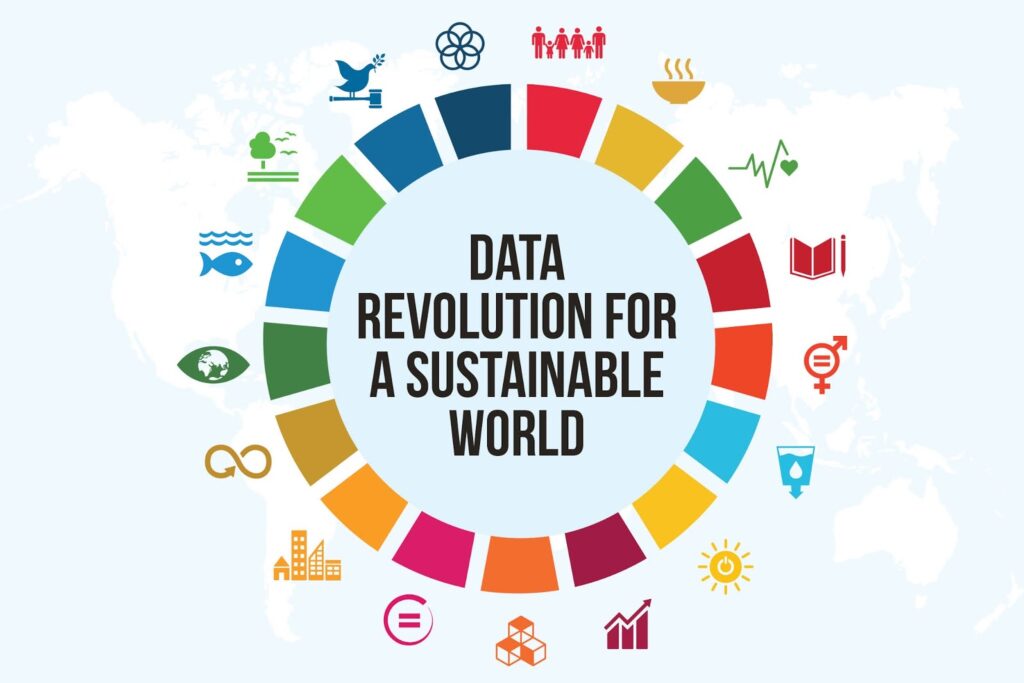
At its core, the data revolution signifies a seismic change in the way we collect, process, and leverage information. It’s not just about the amount of data we generate but also the insights we extract from it. This revolution has redefined how businesses operate, governments make decisions, and individuals engage with technology.
The Growing Significance of Data in Today’s World
In a world where information is the new currency, data has risen to prominence as a valuable resource. From personal preferences to global trends, data holds the key to understanding the world around us. It influences everything from marketing strategies to healthcare advancements, making it an integral part of our daily lives.
Understanding Big Data What is Big Data and Why Does It Matter?
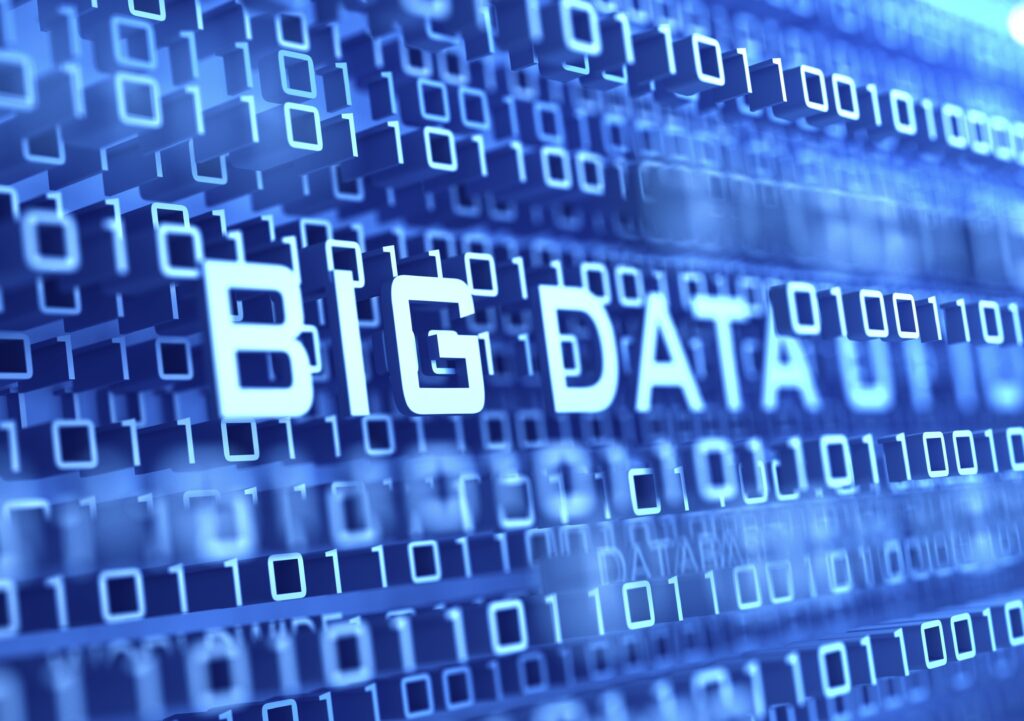
Big data refers to the massive volumes of structured and unstructured data that inundate us daily. Its importance lies in its potential to unveil patterns, correlations, and insights that traditional data processing methods would overlook. This treasure trove of information empowers organizations to make data-driven decisions.
The essence of big data can be encapsulated in three key dimensions: volume, velocity, and variety. The sheer volume of data generated each day is staggering, and its velocity—the speed at which it’s produced and needs to be processed—is equally crucial. Additionally, the variety of data, ranging from text and images to sensor readings, enriches the context and depth of analysis.
The journey of big data has been evolutionary. From punch cards to cloud-based storage, the tools and technologies supporting data management have evolved significantly. This evolution has powered groundbreaking innovations in healthcare, finance, logistics, and more.
Analytics acts as the bridge between raw data and actionable insights. It’s the process of examining data to extract meaningful patterns and trends, ultimately driving decision-making and strategy formation.
Descriptive, Predictive, and Prescriptive Analytics Explained
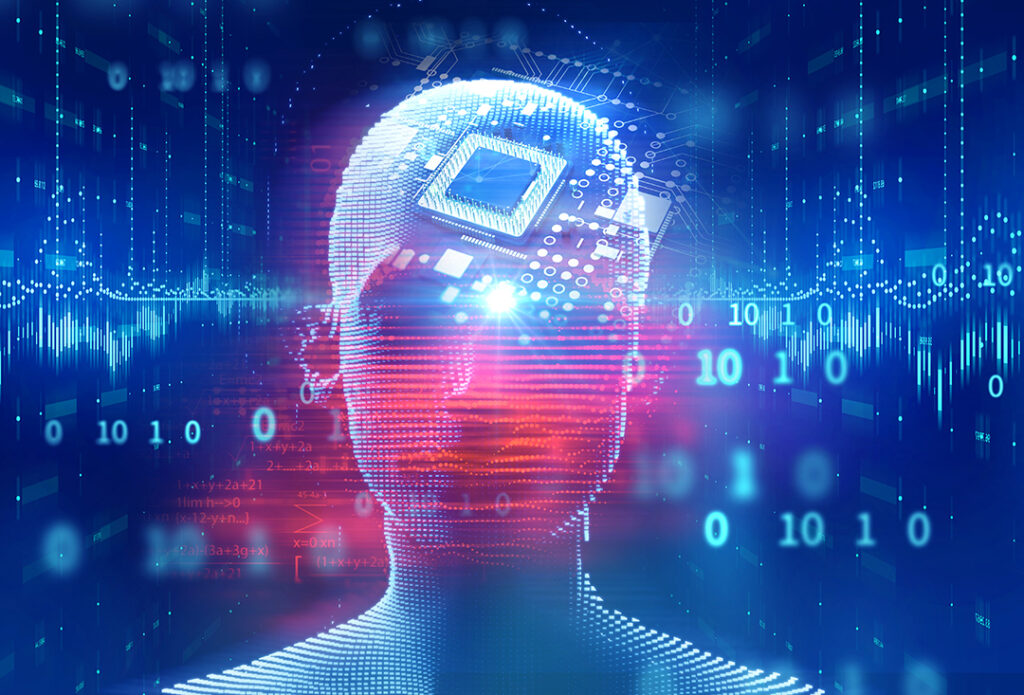
Analytics can be categorized into three tiers: descriptive, predictive, and prescriptive. Descriptive analytics explains what happened, predictive analytics forecasts what might happen, and prescriptive analytics suggests actions to optimize outcomes.
From Raw Data to Actionable Insights: Analytics Pipeline
The journey from raw data to actionable insights involves multiple stages. It begins with data collection, followed by data cleaning, exploration, analysis, and interpretation. Each step is crucial in transforming data into valuable knowledge.
Applications of Big Data and Analytics Transforming Industries with Data-Driven Insights

Industries across the spectrum have embraced the power of data to revolutionize their operations. From manufacturing to marketing, insights gleaned from data are driving efficiency, reducing costs, and enhancing customer experiences.
In the realm of healthcare, data-driven insights are redefining diagnostics, personalized treatment plans, and patient care. Medical professionals are leveraging data to identify trends and make informed decisions that save lives.
Retailers use data to understand consumer behavior, preferences, and trends. This information fuels personalized marketing campaigns and enables accurate demand forecasting, minimizing inventory wastage.
Financial institutions employ data analytics for fraud detection, risk assessment, and algorithmic trading. Real-time analysis of transactions helps identify anomalies and potential threats swiftly.
Data is transforming urban landscapes into smart cities. From traffic management to waste disposal, data-driven insights are enhancing efficiency, sustainability, and the overall quality of life.
Challenges in Managing Big Data Dealing with Data Overload: Challenges of Volume
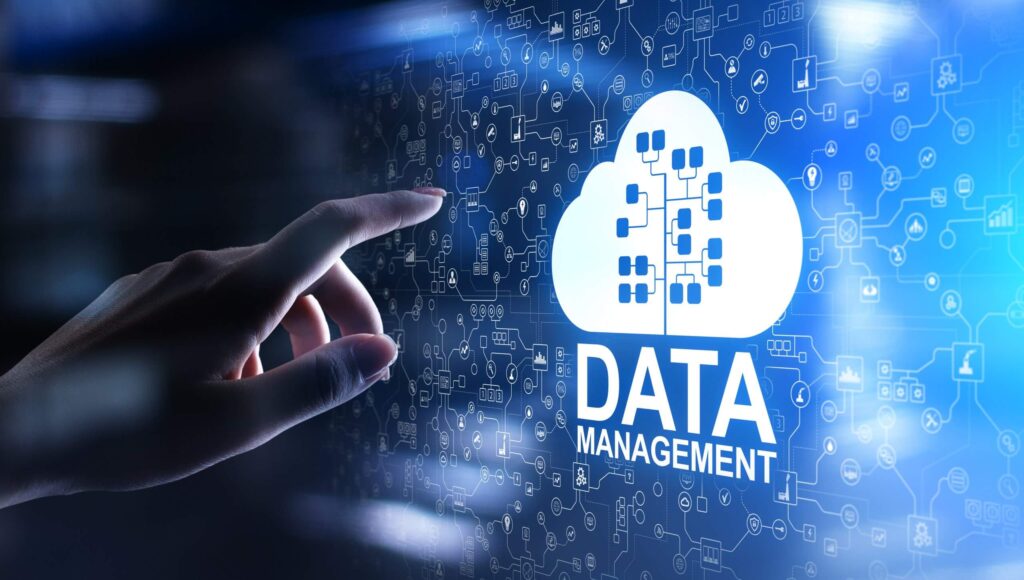
The sheer volume of data generated can overwhelm traditional processing systems. Effective data management solutions are required to handle this influx efficiently.
In a world that demands real-time insights, processing data at the speed it’s generated poses a significant challenge. Technologies like in-memory processing are crucial to meet this demand.
Data comes in various forms, including structured, unstructured, and semi-structured. Integrating and analyzing these diverse sources is a complex task that requires adaptable technologies.
As data flows freely, concerns about security and privacy grow. Striking a balance between utilizing data for innovation and safeguarding sensitive information is paramount.
Tools and Technologies for Big Data Processing Introduction to Hadoop and MapReduce
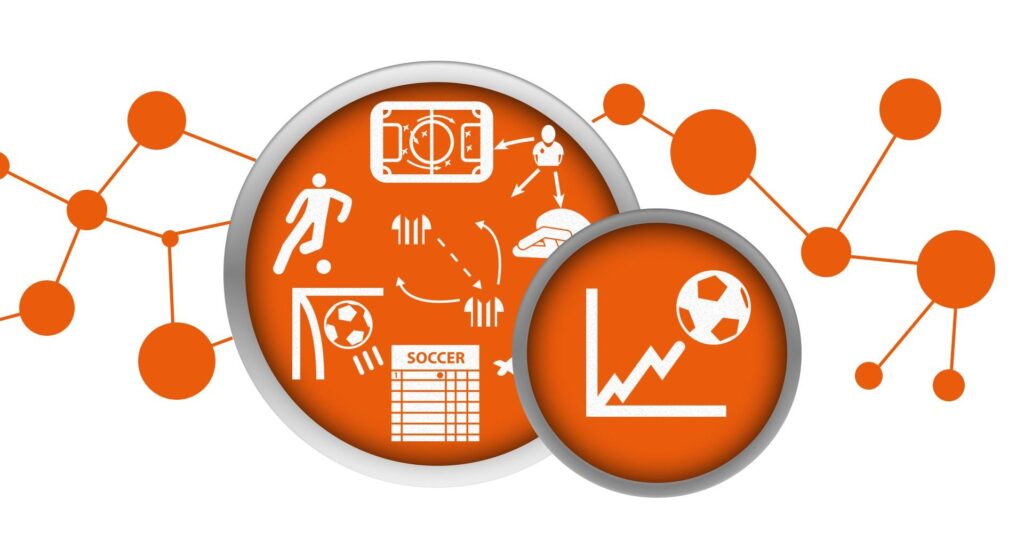
Hadoop, an open-source framework, and its processing model, MapReduce, have revolutionized big data processing. They enable distributed storage and computation, allowing organizations to handle massive datasets.
Apache Spark has emerged as a game-changer in data processing. Its in-memory processing capability accelerates analytics tasks, enabling faster insights and more efficient resource utilization.
NoSQL Databases: Flexibility for Unstructured Data
NoSQL databases provide the flexibility required to handle unstructured data. They are designed to accommodate varying data types and structures, making them ideal for modern data needs.
Data Warehousing Solutions: Redefining Data Storage
Data warehousing solutions like Amazon Redshift and Google BigQuery provide scalable storage and querying options. They offer advanced analytics capabilities for large datasets.
Predictive analysis leverages historical data to forecast future trends and outcomes. Businesses use this to make proactive decisions and gain a competitive edge.
Machine Learning: Teaching Computers to Learn from Data
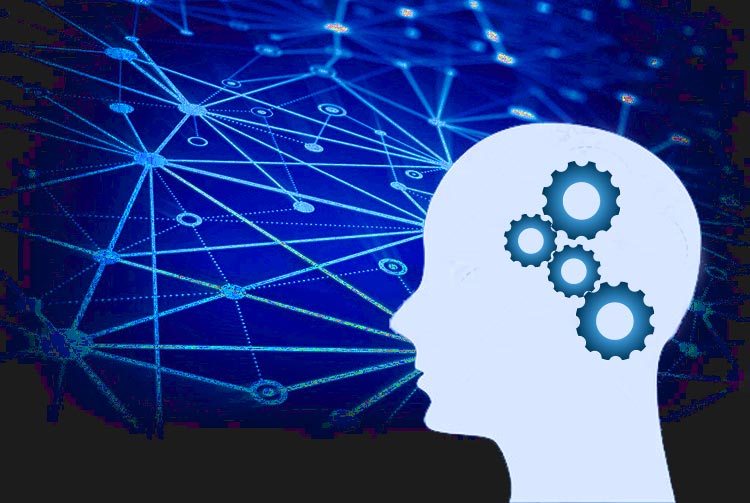
Machine learning involves training algorithms to recognize patterns and make predictions. Its applications span from self-driving cars to personalized recommendations.
Supervised learning involves training algorithms using labeled data, while unsupervised learning finds patterns in unlabeled data. Both approaches have unique applications in predictive modeling.
AI empowers machines to mimic human intelligence. It’s the driving force behind predictive analytics, natural language processing, and other data-related tasks. Deep learning, a subset of machine learning, emulates the structure and function of the human brain’s neural networks. It’s used for complex tasks like image and speech recognition.
NLP enables machines to understand and generate human language. It’s instrumental in analyzing text-based data, sentiment analysis, and language translation.
Ethical Considerations in Data Usage Balancing Innovation and Privacy: Ethical Dilemmas
The data revolution raises ethical questions about privacy invasion and consent. Striking a balance between innovation and individual rights is vital.
Transparency and Accountability: Addressing Ethical Concerns
Transparency in data collection and processing is key to building trust. Organizations must be accountable for their data practices and ensure compliance with regulations.
Future Prospects of the Data Revolution The Continuous Evolution of Data Technologies
Data technologies will continue to evolve, enabling more efficient data processing, analysis, and storage. New paradigms like edge computing and quantum computing hold immense potential.
Unleashing the Power of Edge Computing
One of the exciting frontiers within the data revolution is edge computing. As the Internet of Things (IoT) continues to expand, edge computing brings data processing closer to the data source, reducing latency and enhancing real-time analytics. This shift has the potential to revolutionize industries that demand split-second decision-making, from autonomous vehicles to industrial automation.
Quantum Computing: A Paradigm Shift in Data Processing
While conventional computing has its limits, quantum computing presents a revolutionary leap. Quantum computers leverage the principles of quantum mechanics to process information in ways that were once considered impossible. As these technologies become more accessible, we’re poised to tackle complex problems, such as optimizing supply chains and simulating molecular interactions, at unprecedented speeds.
Ethics and Governance in the Data Age
As the data revolution unfolds, ethical considerations and governance will play an even more pivotal role. Striking the delicate balance between innovation, privacy, and security will continue to challenge governments, organizations, and individuals. Developing robust frameworks for data ethics and ensuring responsible data management will be paramount to fostering trust and sustaining the positive impacts of the revolution.
The Fusion of Data and Sustainability

Sustainability is no longer an isolated concern—it’s converging with the data revolution. Data-driven insights can revolutionize how we approach environmental conservation, resource management, and sustainable development. From optimizing energy consumption in smart cities to monitoring wildlife habitats, data holds the potential to make our planet more resilient and eco-friendly.
Augmented Reality (AR) and Virtual Reality (VR) Data Integration
As AR and VR technologies evolve, they’re poised to integrate seamlessly with data analytics. Imagine wearing AR glasses that overlay real-time data insights onto your field of view, enhancing decision-making and situational awareness. This integration could transform industries like logistics, emergency response, and remote collaboration.
Cultivating Data Diversity and Inclusivity
The data revolution isn’t just about volume; it’s also about diversity. Embracing data from diverse sources—across cultures, demographics, and regions—can lead to more comprehensive and unbiased insights. Ensuring inclusivity in data collection and analysis will contribute to well-rounded solutions that address a broader spectrum of challenges.
The Journey Towards Full Automation
The confluence of big data, analytics, and AI is propelling us towards full automation. Autonomous vehicles, drone deliveries, and robotic manufacturing are just the beginning. As the technology matures, the boundaries of what’s achievable through automation will continue to expand, revolutionizing industries and reshaping our relationship with work.
Human-Machine Collaboration Redefined
The future holds a transformed landscape of human-machine collaboration. Machines won’t just assist; they’ll actively co-create, bringing fresh perspectives and innovative insights to the table. This symbiotic relationship will amplify human creativity, enhance problem-solving capabilities, and drive innovation to new heights.
Empowering Individual Data Sovereignty
In a world inundated with data, individuals are becoming increasingly aware of the value their personal data holds. The future will likely see a shift towards individuals having more control over their data, allowing them to decide who accesses it and for what purpose. This concept of data sovereignty could reshape how businesses operate and interact with consumers.
Conclusion
As we navigate the uncharted territory of the data revolution, one thing is clear: the journey is far from over. With every technological advancement, ethical consideration, and innovation, we inch closer to unlocking the true potential of data. From quantum leaps in computing to ethical frameworks that guide us, the future is as exciting as it is uncertain. As we embark on this transformative journey, the data revolution will continue to shape our world, driving progress, innovation, and a brighter future for all.
Frequently Asked Questions (FAQ) About the Data Revolution
Welcome to our comprehensive FAQ section on the data revolution. Here, we’ll address your most pressing questions about big data, analytics, predictive trends, and the transformative impact of the data revolution. Let’s dive right in!
1. What is the Data Revolution? The data revolution refers to the transformative era characterized by the exponential growth of data generation, collection, and analysis. It encompasses the evolution of technologies, methodologies, and practices that enable organizations to extract valuable insights from data and make informed decisions.
2. Why is Big Data Important? Big data is crucial because it allows organizations to uncover patterns, correlations, and trends that were previously invisible. It enables data-driven decision-making, enhances operational efficiency, and drives innovation across industries.
3. What are the Three V’s of Big Data? The three V’s of big data—Volume, Velocity, and Variety—describe its key characteristics. Volume refers to the sheer amount of data generated, velocity is the speed at which data is produced and processed, and variety represents the diverse types of data, including structured, unstructured, and semi-structured.
4. How has Big Data Evolved Over Time? Big data has evolved from being a challenge of storage and processing to a powerful tool for innovation. Technological advancements, such as cloud computing and improved data processing frameworks, have facilitated the growth and impact of big data.
5. What is the Role of Analytics in the Data Revolution? Analytics is the process of examining data to derive meaningful insights. It bridges the gap between raw data and actionable information, enabling organizations to make informed decisions and optimize outcomes.
6. What Are the Different Types of Analytics? Analytics can be categorized into descriptive, predictive, and prescriptive. Descriptive analytics explains what happened, predictive analytics forecasts what might happen, and prescriptive analytics suggests actions to achieve desired outcomes.
7. How Does Big Data Transform Industries? Big data has transformed industries by providing insights that drive efficiency, innovation, and competitiveness. In healthcare, it enhances diagnostics and treatment; in retail, it enables personalized marketing; in finance, it aids fraud detection; and in smart cities, it improves urban living conditions.
8. What Challenges Are Faced in Managing Big Data? Managing big data presents challenges like handling its sheer volume, processing data in real-time, managing diverse data sources, and ensuring data security and privacy amidst the evolving landscape of cyber threats.
9. What Are the Key Technologies for Big Data Processing? Key technologies for big data processing include Hadoop and MapReduce for distributed computing, Spark for in-memory processing, NoSQL databases for unstructured data, and data warehousing solutions like Amazon Redshift and Google BigQuery.
10. How Does Predictive Analysis Anticipate Future Trends? Predictive analysis uses historical data and statistical algorithms to forecast future trends and outcomes. It helps organizations make proactive decisions and gain a competitive edge by staying ahead of market changes.
11. How Does Machine Learning Contribute to Predictive Trends? Machine learning involves training algorithms to recognize patterns in data and make predictions. It plays a vital role in predictive analysis by automating the process of finding correlations and trends in large datasets.
12. What Are the Types of Machine Learning? Machine learning can be categorized into supervised learning, where algorithms are trained using labeled data, and unsupervised learning, which discovers patterns in unlabeled data. Both types have diverse applications in predictive modeling.
13. How Does Artificial Intelligence (AI) Enable Smart Data Processing? Artificial intelligence (AI) involves machines performing tasks that typically require human intelligence. In the context of data, AI powers predictive analytics, natural language processing (NLP), and deep learning, revolutionizing data interpretation.
14. What Is Deep Learning and Its Significance? Deep learning is a subset of machine learning that simulates human neural networks. It’s used for tasks like image and speech recognition. Its significance lies in its ability to process complex data patterns that traditional algorithms struggle with.
15. How Does Natural Language Processing (NLP) Enhance Data Analysis? NLP empowers machines to understand, interpret, and generate human language. In data analysis, NLP is used for sentiment analysis, language translation, and extracting insights from textual data.
16. What Ethical Considerations Arise in Data Usage? Ethical considerations in data usage include balancing innovation and privacy, addressing bias in data, and ensuring transparency and accountability in data practices. Striking a balance between innovation and ethical concerns is critical.
17. How Will Data Literacy Empower Individuals? Data literacy is the ability to understand, analyze, and interpret data. As data becomes more integral to decision-making, individuals with data literacy will have an advantage in making informed choices and contributing to data-driven initiatives.
18. How Does Data Shape Business Strategies? Data shapes business strategies by providing insights into consumer behavior, market trends, and operational efficiency. Organizations that leverage data-driven decision-making gain a competitive edge and adapt more effectively to changing market conditions.
19. What Does the Future Hold for the Data Revolution? The future of the data revolution is characterized by advancements in technologies like quantum computing, deeper integration of AI, and increased focus on data ethics and sustainability. Data will continue to drive innovation and reshape industries.
20. How Can Individuals Embrace the Data Revolution? Individuals can embrace the data revolution by enhancing their data literacy, staying updated on technological advancements, and advocating for responsible data practices. Being open to learning and adapting to the changing landscape will be key.
Read more at HERE
See also in HERE
See also in HERE



2 respostas